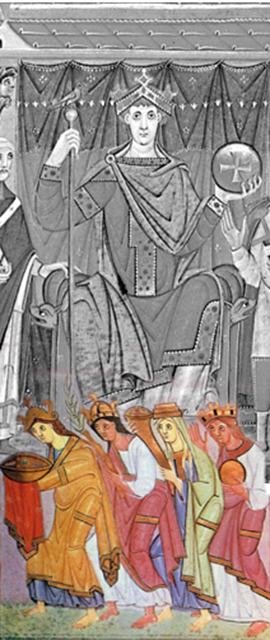Last Things
A Community under the Shadow of the Endtime
Apocalyptic Discourse in Late Antique Historiography and Asceticism
Against the backdrop of the rapidly changing political landscape of the Western Roman Empire in the fourth century, many different notions of eschatology found their way into late Roman society. The prophetic texts of the Old and New Testament provided new models for the interpretation of contemporary political events, as may for instance be seen in the identification of the Gothic newcomers/invaders with the apocalyptic peoples of Gog and Magog (Ez 38/39; Rev 20). More specifically, eschatological notions involving death and salvation became part of a debate taking place among the converted Roman upper class about its own Christian identity.
This project explores the discourse of death, salvation and afterlife in Late Antiquity and the early Middle Ages. On the one hand, it focuses on the intellectual, theological discussion and the political use of eschatological ideas, and on the other, it examines ascetic communities, such as those in Nola and Primuliacum, and their founders. In doing so, this project explores the dynamics between expectations of a near end and ascetic life-style, while also looking at the roles of saints (and their tombs) as powerful brokers between the divine and the earthly world.
